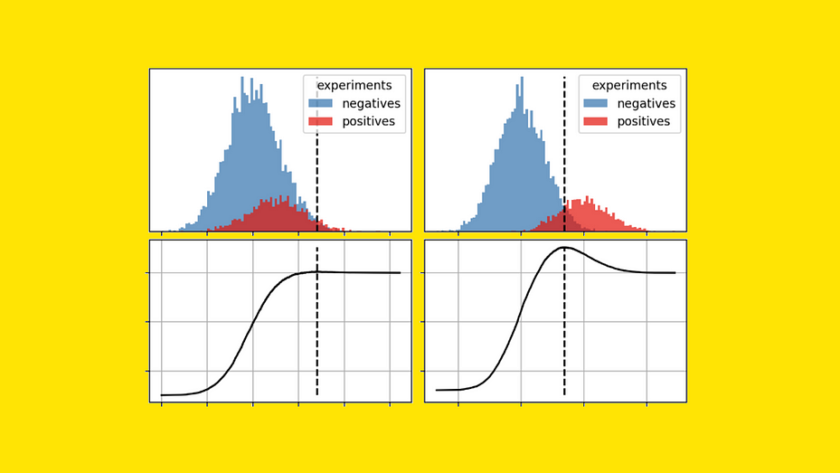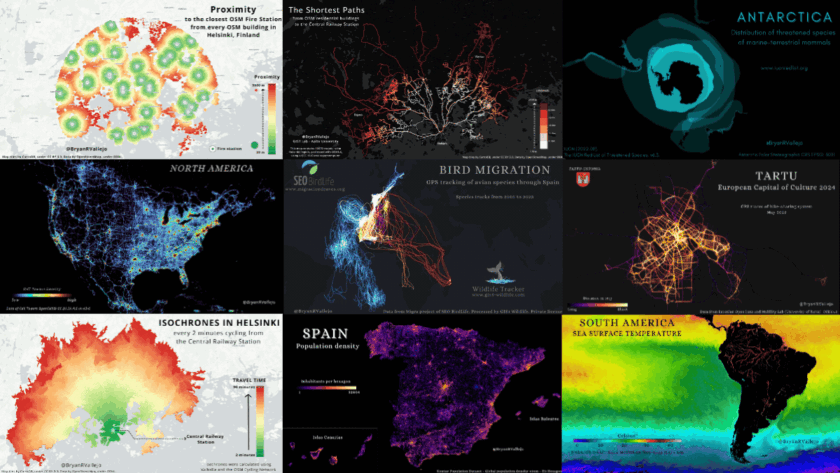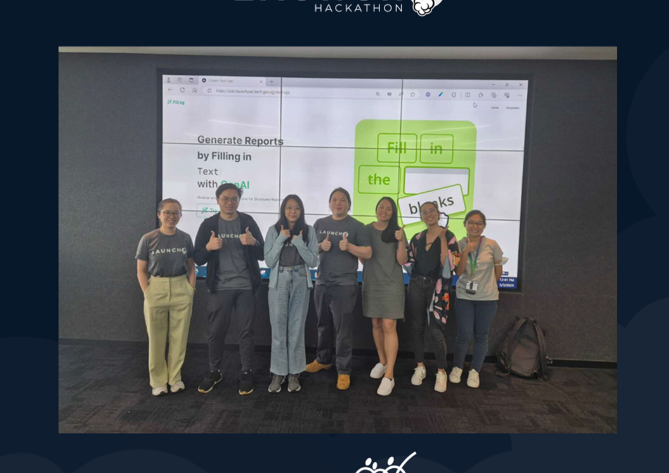Adding evaluation, automated data pulling, and other improvements. From Film Search to Rosebud 🌹. Image from Unsplash.Table of Contents Introduction Offline Evaluation Online Evaluation Automated Data Pulling with Prefect Summary Relevant Links A few months ago, I released the Film Search app, a Retrieval-Augmented Generation (RAG) application designed to recommend films based on user queries.…











